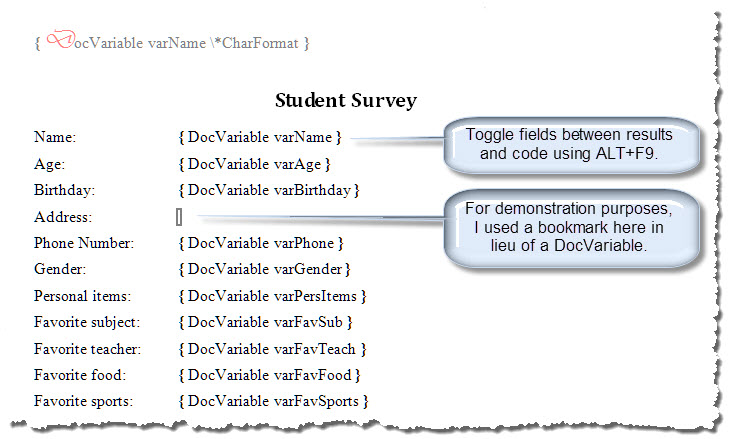


You have now saved your custom Word template. Step-3: It’s time to a name for your template, open the dropdown menu underneath the name field, and then choose the “Word Template (*.dotx)” option. Step-2: Now select where you want to save your document.

Step-1: At first, open the “File” menu, and then click on the “Save As” option. When you have got the design that we are looking for, it’s time to save it as a template to reuse it. If it’s interactive, select Controls from the Developer tab and make custom input fields for user interaction. You’ll also create interactive templates to load on the Intranet, so others can fill within the blanks to print their own envelopes and letterhead, for instance.Īt first, we have to create a document, then design and format it, add styles and photos. as an example, you would possibly create a template for your company’s newsletter, posters for a seminar, or invitations for corporate events. When you save a document as a Word template the three-letter extension of “.dotx” is added to the top of the name rather than “.doc”.Ĭustom templates are often as simple or complex as required. A word template has the file extension (“.dotx”) and each document is predicated on a template. When you create a document the file that’s created initially is simply a replica of its template.


 0 kommentar(er)
0 kommentar(er)
